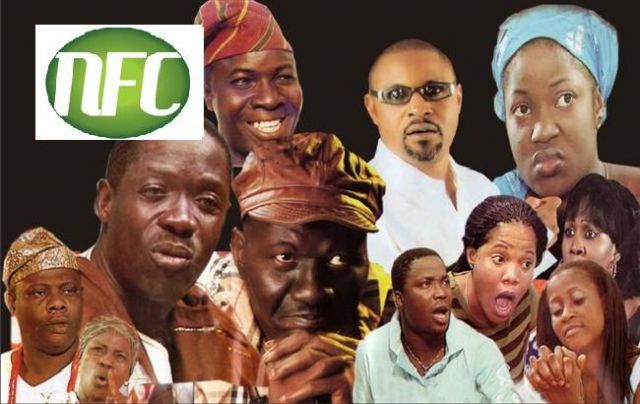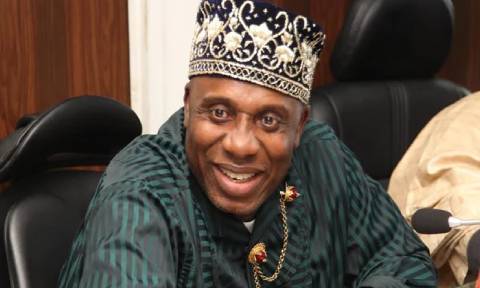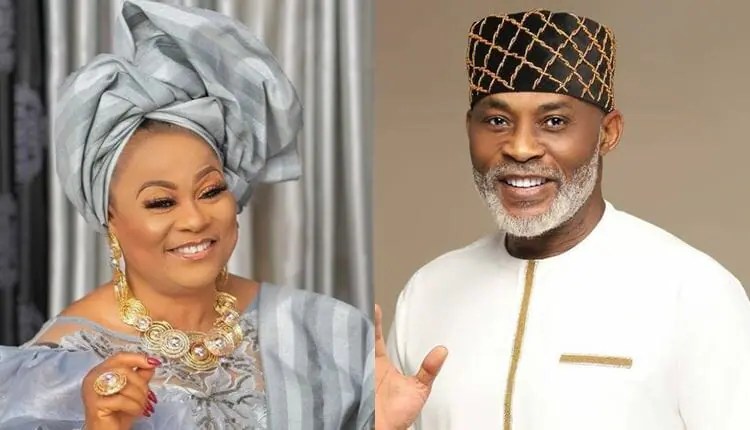
he name and imprint, Bobby Boulders, has graced a lot of music videos and TV commercials. However, save for a few who have had working relationships with the man behind the pseudonym — Tola Odunsi, the chubby New York Film Academy-trained director remains a very private person.
Used to being behind the camera, we put him in the spotlight to tell us all about himself. The University of Lagos Economics graduate’s foray into the world of moving pictures was born out of a desire for fresh challenges. He sheds light on life behind the camera.
How did you come about the name Bobby Boulders?
(Laughs) While at Unilag, my friends at the social club, FOADS, used to call me that and so it stuck.
You studied Economics but have you always loved the arts?
Since my school days, I have always loved entertainment. It has always been my thing even while organizing raves and [the likes] in school. However, in terms of filmmaking, while watching movies, I knew I could do something to make them better or different but I knew it was a matter of time before it came to pass. I wanted to study Geography because I liked it but you know most times, the courses you do are just to satisfy your parents. I joined Storm in 2004 as a GM. Prior to that time, I had worked with Kilimanjaro, which was an events company.
So how did you get involved in Directing?
Well, I started with production and at Storm back then I used to produce all the music videos. Then it started getting too expensive because the directors were charging so much, despite the fact that we were always involved in the production process, which didn’t make so much sense but we still paid their very expensive fees. That was the final push. I decided to go learn directing myself, at the New York Film Academy in 2008, where I studied movie making and we were taught everything hands on from scripting, directing and so much more. My first video was Naeto C’s “Ringtone.”
What was the experience like directing the video?
It was good, more so I also had a very good crew. I shot in New York with people I went to school with. It was actually easier than some of the work I’ve done here in Nigeria. In New York, because of the school, you have access to getting permits and equipment; because I was part of the school, I had structures on ground for me. Being in charge fully, it was scary because you don’t know if things will go wrong. The reception at the end of the day was good but some people didn’t like the video girl’s styling but as they say you can’t have it all. From then on other work kept coming through.
What are some of your works?
“Champion” for General Pype, “Making Money” by Sasha and Naeto C’s “Successful.”
Do you shoot mainly for the Storm Record artists?
Well, because they are the closest people to me, they always have their way and have easy access to me. I’ve worked with other artists like Timi on “I Love You,” MI, Banky W, Neptunes and a couple of others.
What, in your opinion, is the attraction to music video directing?
Well, I think everybody’s target is film but you can generate income real quick with music videos and it doesn’t take long to shoot. I see it as a warm-up exercise for film. There is a lot of content because there are a lot of artists coming in.
What’s your assessment of the average Nigerian music video?
I guess the quality will provoke Nollywood because the videos are so good. Nollywood will have no choice other than to step up to match the quality of these videos.
What are some of your memorable moments on the job?
When I got nominated for The Future Awards and then shooting General Pype’s “Champion” video in Obalende, Lagos Island, with over 2000 extras. The whole of Obalende was agog because it was his hood. They came to support him and the atmosphere was unbelievable. Normally, when you go to locations, the area boys would want you to settle them, however, this time around they were the ones in charge and so they made it happen.
Why do some directors choose to shoot videos abroad?
It’s cheaper to shoot abroad because the facilities are there on ground; the stylists and props are there. If, for example, you require a bicycle that was pimped out you can get it out there. Back here, the industry is building but the support industry is still coming up. You don’t have to travel abroad to shoot a good video. Most times when we had to shoot a video abroad, like Naeto C’s “Ako Mi Ti Poju” and Sasha’s video, it was because we were out of the country at that time. Both artists had opened for R. Kelly a day before and so we had to maximize the opportunity and cost because it’s cheaper compared to when you have to fly down there with your crew; that’s not cheap!
Has any of your work surpassed your expectations?
Yes, Naeto C’s “Ako Mi Ti Poju”, and that was because there were so many issues. Naeto was travelling in an hour’s time and we shot it in two hours. I thought we wouldn’t have enough content but it turned out fine at the end of the day.
What makes a good music video?
A good video has a storyline which will require you sitting down with the artist to ask what he was thinking when he wrote the song, as well as agree on the production process. Then you can agree on the angles so you don’t waste money and I always ask that you come with a simple concept .
How affordable is Bobby?
I’m amazingly affordable although some will disagree (laughs). A production is a function of the production itself. If you want a house to explode, you know that is going to cost you; so if it has to be simple, then you know it will be affordable. I must like the song first (laughs) because only then can my creative juices flow, except you are prepared to pay me a whole lot (laughs).
What’s next?
I’m still with Storm so anything I do will be tied down to Storm’s vision. Remember, we hope to make the company the biggest in Africa.



















